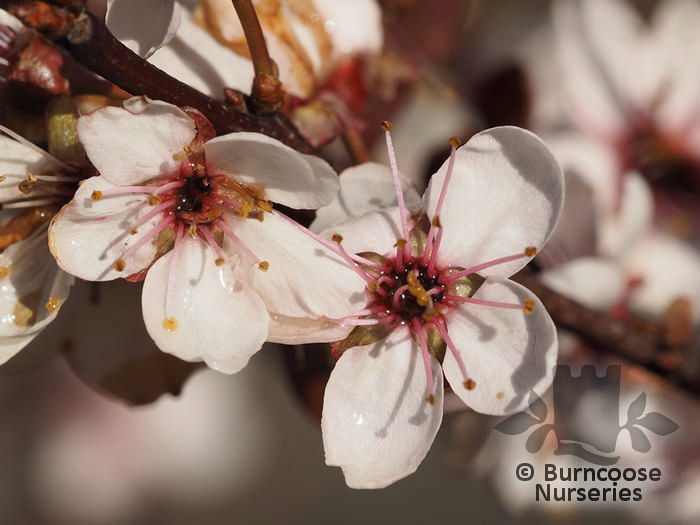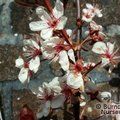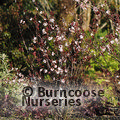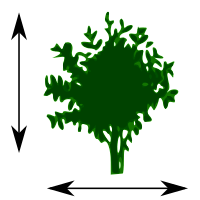PRUNUS x cistena

<








>
PRUNUS x cistena
Commonly known as Purple leaf sand cherry

FRUITING CHERRIES
Red leaves and white flowers in spring. Black edible fruits
Full Plant Details - Sun/Soil & other attributes
-
Floweringlocal_floristJanlocal_floristFeblocal_floristMarlocal_floristAprlocal_floristMaylocal_floristJunlocal_floristJullocal_floristAuglocal_floristSeplocal_floristOctlocal_floristNovlocal_floristDec
-
 Pests & Diseases
Aphids, caterpillars, bullfinches. Silver leaf, honey fungus, blossom wilt, bacterial canker.
Pests & Diseases
Aphids, caterpillars, bullfinches. Silver leaf, honey fungus, blossom wilt, bacterial canker. -
 Place of origin
Garden origin
Place of origin
Garden origin -
DeciduousOval leaves to 6cm (2½in) long.
-
 White
White
-
Bowl-shaped
-
BorderSuitable for a shrub border
-
Suitable for small gardens
-
Fully hardy
-
 Serrate
Serrate
-
 Height
1.5m (5ft)
Height
1.5m (5ft) -
 Spread
1.5m (5ft)
Spread
1.5m (5ft) -
Medium shrubTypically grow to around 4-6 feet in heightSlow-growing, upright shrub. Produces solitary flowers 1cm (½in) across sometimes followed by spherical, cherry-like, dark-purple fruit.
-
Zero Rated ItemNo VAT on this plant
-
 Pruning group 1
Suitable for: Deciduous and evergreen trees, and some deciduous shrubs.
Pruning group 1
Suitable for: Deciduous and evergreen trees, and some deciduous shrubs.
Pruning: Minimal pruning required. Prune wayward or crossing branches to maintain a healthy framework.
When: When dormant in the late winter/early spring. Some in the summer/autumn to prevent bleeding of sap.
-
 Hardy - very cold winter
Hardy in all of UK and northern Europe. Plant can possibly withstand temperatures down to -20°C (-4°F)
Hardy - very cold winter
Hardy in all of UK and northern Europe. Plant can possibly withstand temperatures down to -20°C (-4°F) -
Spring Seasonal Interest
-
Fertile moist well-drained soilModerately fertile
-
 Full sun
Full sun
-
Rabbit Resistant
-
Mature Size1.5m (5ft)


1.5m (5ft)
View Planting Tips and Care Advice
Cold weather damage to evergreen plants
Prunus / Fruiting Cherry Trees - Growing Guide







